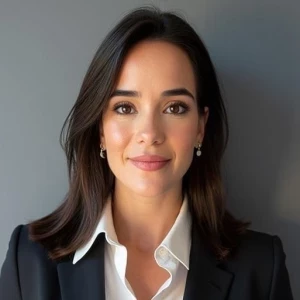Hi,
I am looking at the hierarchy of positions at McKinsey London specifically, and to my knowledge (correct me if I am wrong), from bottom to top, the positions are
1. Analysts,
2. Associates,
3. Engagement managers,
4. Partners
Is there anything I am missing?
When I am looking at the career website, there are positions such as junior/senior consultant? Does this refer to the associate position? Where does it fit into the hierarchy?
But then again, there are also specific positions as an associate? Are these the same roles as the junior/senior consultant?
Thanks and regards,
























